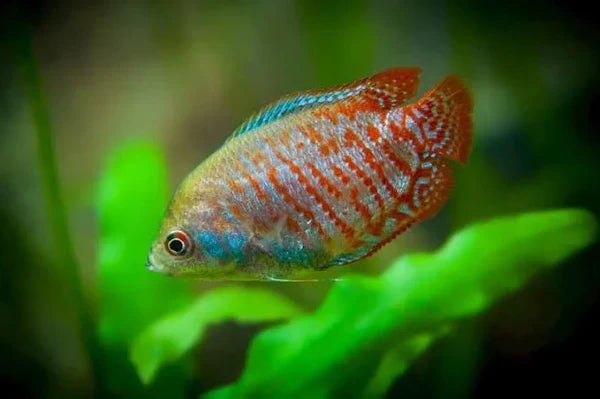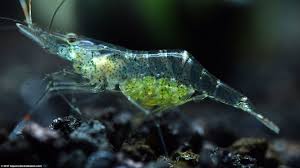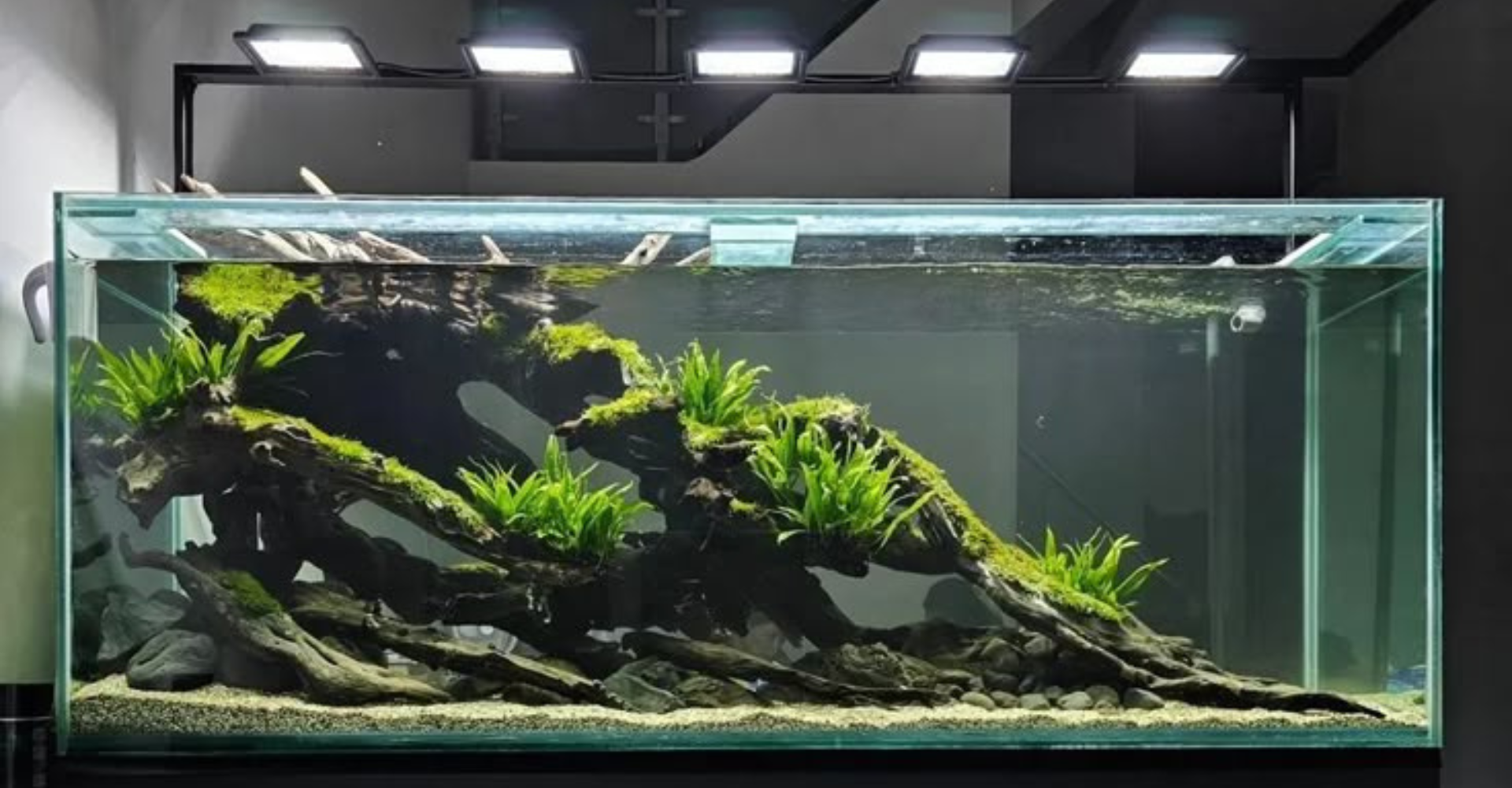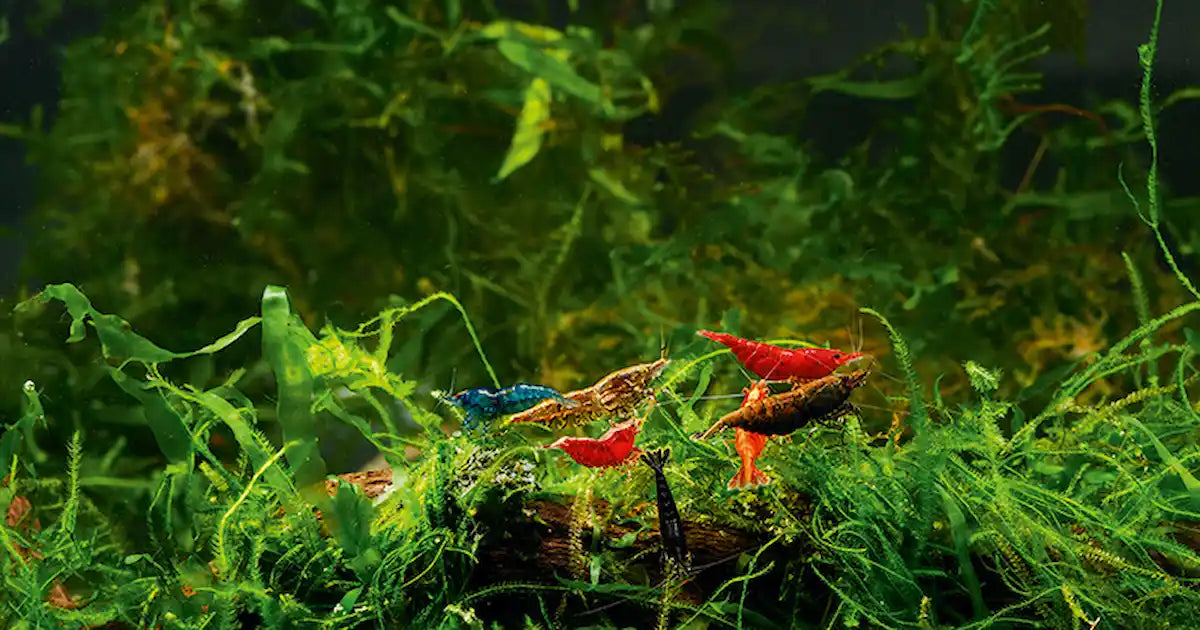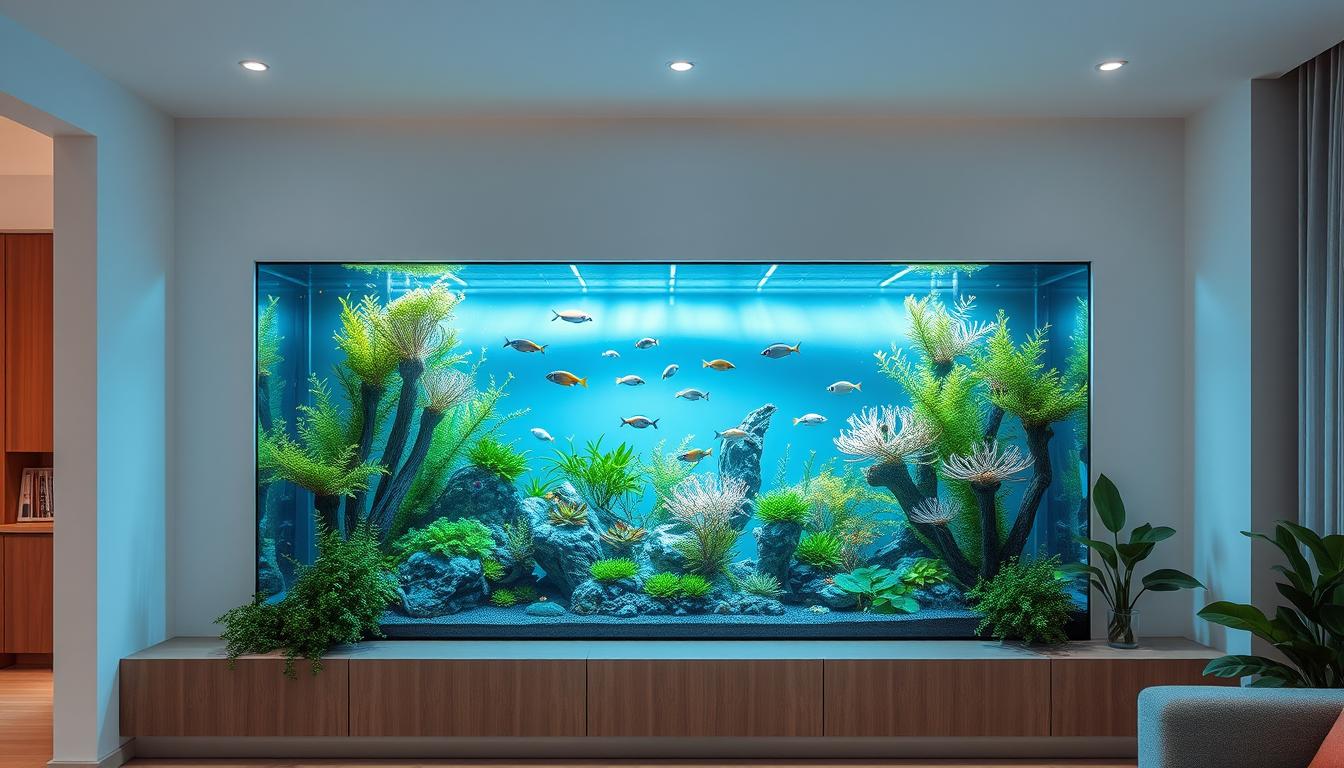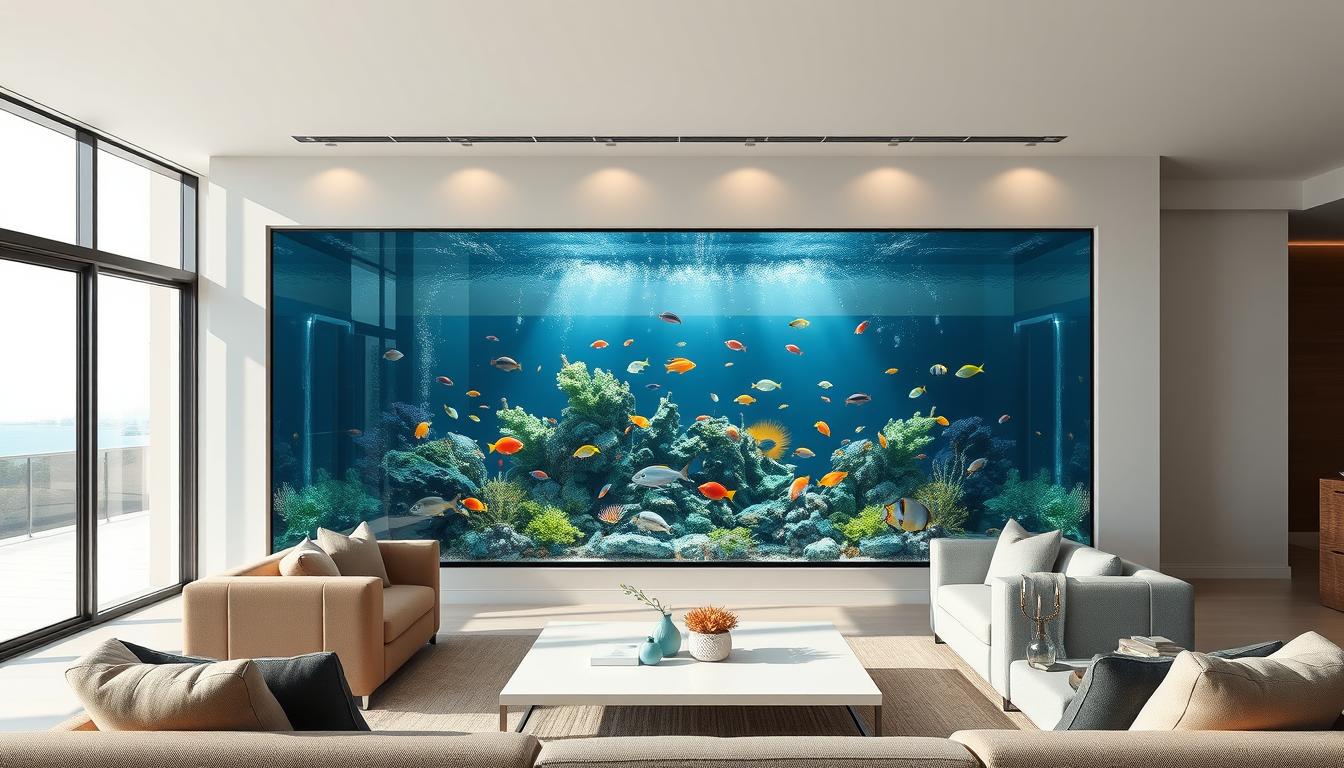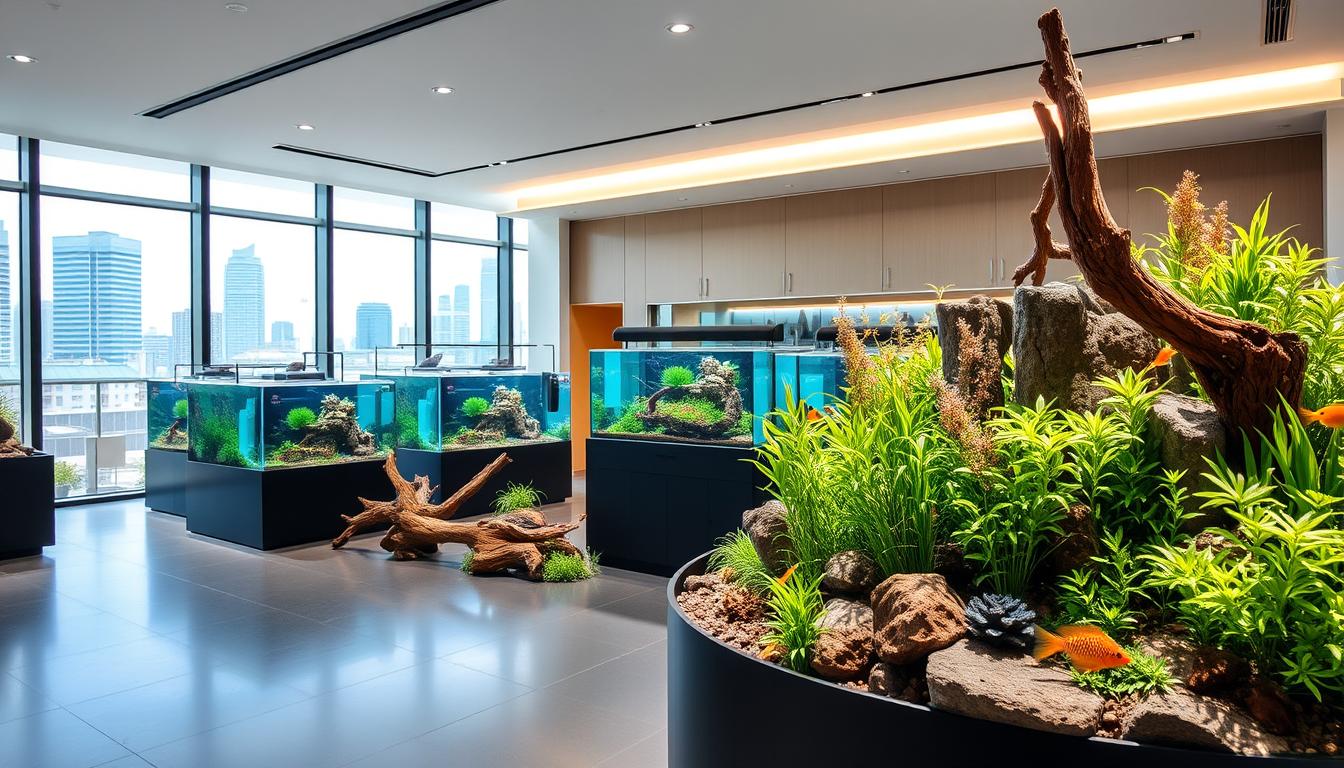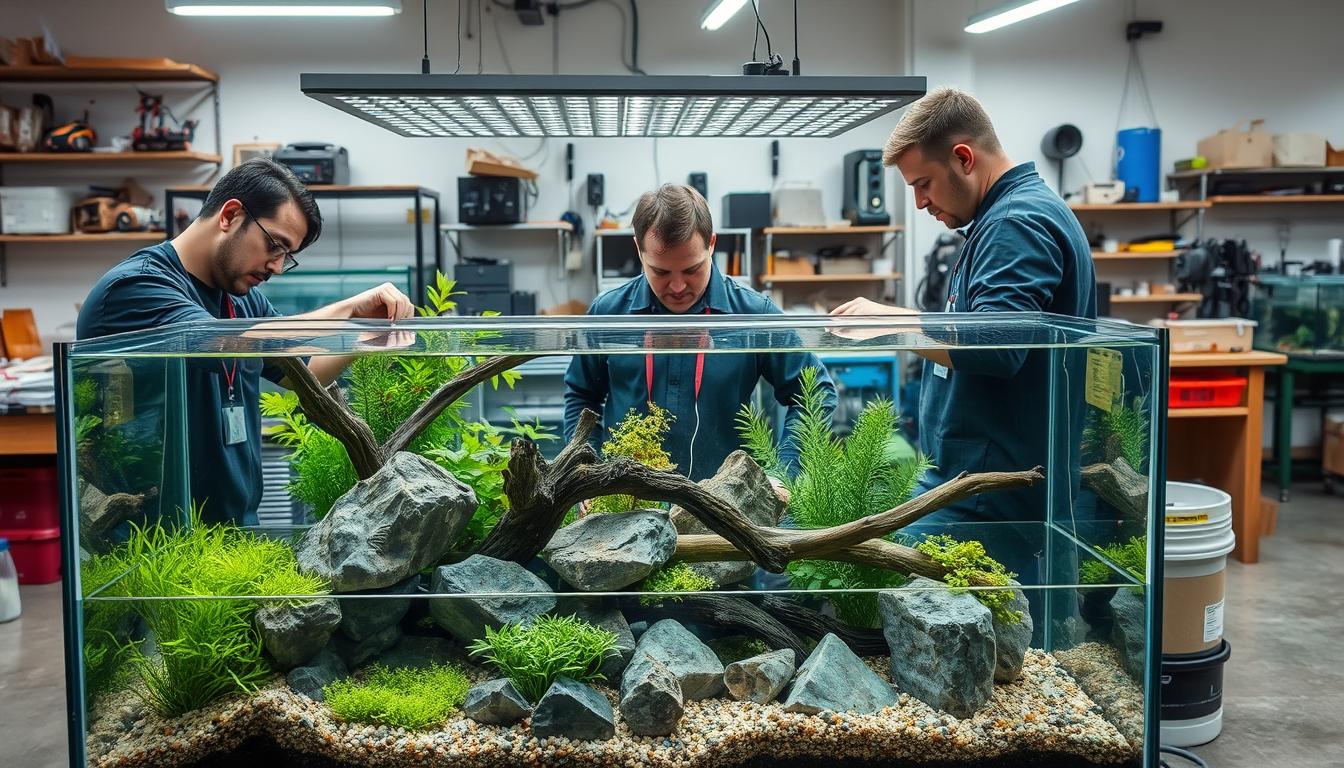When starting a new freshwater fish tank, there are things to avoid in order to make sure that the freshwater tank is going to work for the owner. In order to prevent problems while starting or have problems later on, these things must be followed as it guarantees best results. Here is a list of NOT TO DOs:
1. Selecting a smaller tank
When an owner selects a good tank candidate to accommodate the fishes or the shrimps, the best option is to go bigger on size depending on the budget. Why? The bigger space inside the fish tank is going to ensure rooms for more fishes to add, more decorations can be added and the water condition is much easier to maintain than those of smaller size fish tank.
2. Fishes or shrimps are added the same day
If the fish tank is just setup or completed, it is of utmost importance that the fish tank water can cycle and the water composition is of the acceptable level so the fishes or shrimps won't go in shock. This is the reason for many unsuccessful fish tanks and later on, the fishes or the shrimps died too early than expected. The fish tank can be left alone in a few days to cycle and water can be tested prior to adding the fishes or shrimps to the tank.
3. Do not mix aggressive fishes with non-aggressive types of fishes
The owners need to remember that fishes have their own behavior and not all fishes can get along in one controlled environment. The local pet store owners can be of great help in determining which fishes should blend in with each other and which do not. Also, younger fishes should not be mixed with mature ones to avoid the dominance problem.
4. Selecting fishes that can outgrow the fish tank easily
For starters, the best option to add to the fish tank is those smaller types of fishes paired with smaller types of shrimps and aquarium snail that are not going to grow into a huge species. There is a lot of references online that can show owners the profile of the fishes and the recommended tank size so it won't be that difficult to determine which should be good to pick.
5. Water parameters are not checked prior to adding the fishes
As water that comes from sinks do not have the same composition with the type of water the fishes are used to, water parameters should be checked before adding the fishes. Tap water may contain a lot of chlorine enough to kill all the fishes that it may come to contact with or the nitrate content is higher than the tolerable amount will still end up killing the fishes. Water test kits are available to test these parameters in order to make sure that the water composition is safe for the fishes to live in because the fish tank is going to be their home.
6. Constantly re-arranging the tank
The fish tank holds the lives of marine animals that do not easily get used to constant changes which cause them too much stress that can lead to sickness or even death for them. The fish tank is more than a piece of home decor that does not need re-arranging. When an owner gets the right spot at home where the fish tank should sit, it should be there permanently and decors inside the fish tank should only get changed when it is absolutely necessary.
7. Using a smaller size filter
The filter is one of the fish tank essentials and choosing the right size that fits the fish tank is a must. The capacity of the filter always depends on its size so think about a vacuum cleaner that is used at home, when it is too small, cleaning is taking the time and the vacuum cleaner easily gets worn-out plus it cannot get the job done.
8. Overfeeding the fishes
This is very common to new fish tank owners where the thought of feeding the fishes is more than the needed amount. The best feeding habit is once or twice a day which should only be consumable to fishes no more than 2-5 minutes. This is to avoid an ammonia spike that is not healthy for the fishes.
9. The water inside the fish tank is not changed as needed
The water change is always dependent on the water composition and ideally, the change can happen in a week or two. The change should not be a complete change but only part which should be around 40%-50% of the total water inside the fish tank. It is only recommended to do a complete water change if there is an algae infestation but other than that, the change can just be regulated.
10. Never combine saltwater with freshwater
Both water types have different compositions and density which is greatly impacting the fishes when added to the fish tank. The nitrogen cycle of saltwater is also different from the freshwater cycle so it is not ideal to combine both.

